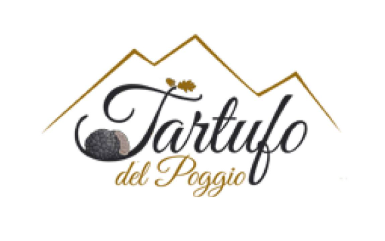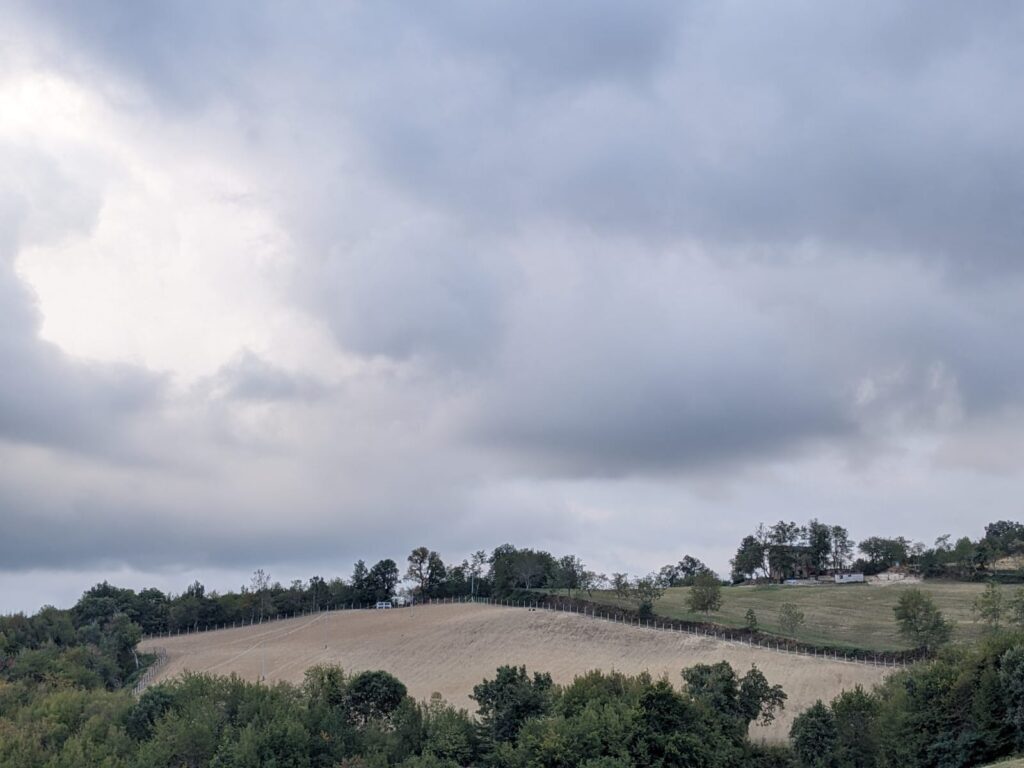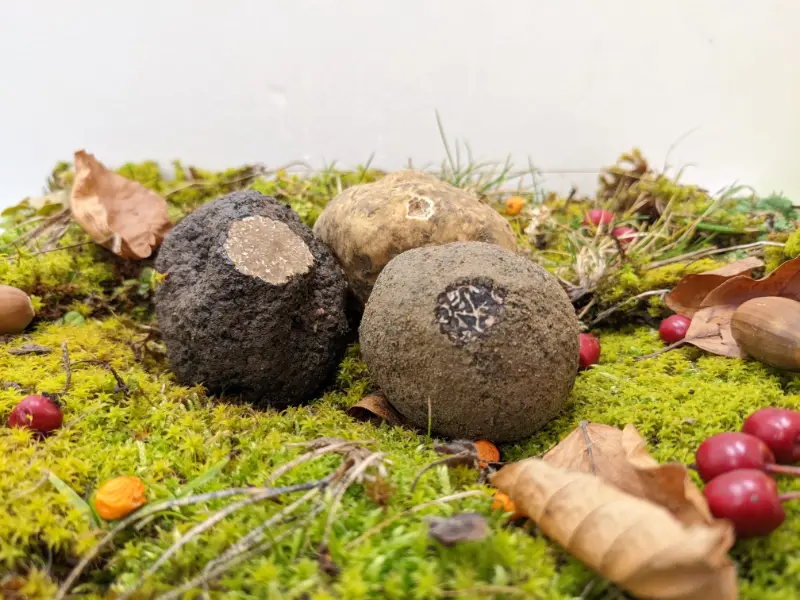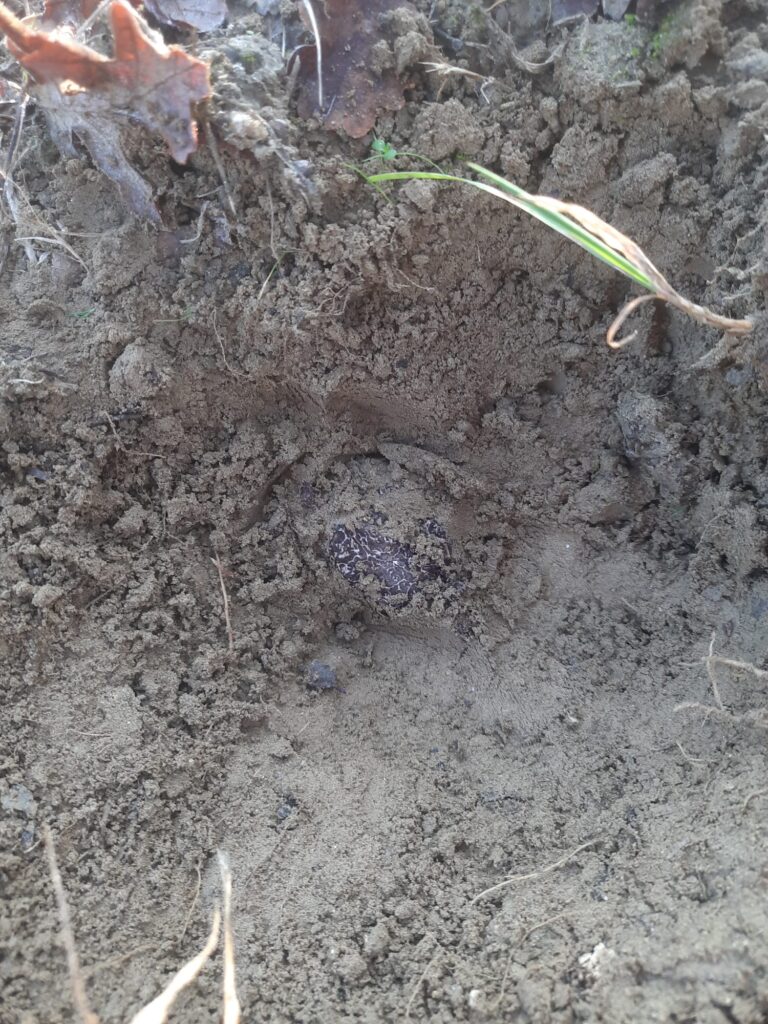All you need to know about Tartufo del Poggio and their Truffles!

Tartufo del Poggio s.s.agr. are one of the most revered Truffle producers in Italy and this year they are sending some of their truffles to the Italian Food and Wine Week here in Singapore and the Is Life a Recipe team get to sample their wares! But before we get to do that we decided to drop them a line and get an upfront interview from them and to see what we can expect!
Can you please provide an overview of Tartufo del Poggio s.s.agr. and its mission in the world of truffle farming and truffle-based products?

Tartufo del Poggio is located in Olibra, a small village in the province of Ascoli Piceno, in Marche region. Ours is a family-run business where truffles are much more than just a job. We aim to provide consumers with a quality product and our strength lies in reliability and promptness; we always strive to meet the needs of our customers and fulfil their orders as quickly as possible.
Tartufo del Poggio specialises in the production and sale of the finest varieties of truffle: Winter Black Truffle (Tuber melanosporum Vitt.), White truffle (Tuber magnatum Pico), Summer truffle (Tuber aestivum Vitt.) and Autumn truffle (Tuber uncinatum Chatin). The best way to enjoy truffles is in their fresh state, as both the aroma and taste remain unchanged.
However, this is not always possible, and that’s why a range of both frozen and preserved products has been created to allow consumers to enjoy the pleasure of truffles anytime they like.
Tartufo del Poggio produces a line of preserved products is simple as it has been created with the purpose of minimizing truffle processing. These include sliced truffles, truffle creams and brisures as well as whole truffles which are autoclave-sterilized and stored in glass jars with a shelf life of 3 years.
Truffle cultivation is known for its unique challenges. What are some of the key factors that contribute to the quality and flavour of your truffles, and how do you ensure consistent quality?

Truffle cultivation is by no means easy and results are not always guaranteed. There are several aspects to consider before establishing a truffle orchard. First and foremost is the soil: a soil analysis is necessary to determine if the parameters are suitable for successful truffle cultivation.
The exposure of the land is also crucial. Until a few years ago, southeast-facing plots with approximately 8-10 hours of daily sunlight were preferred. However, due to climate change, northeast-facing plots are now taking over. Another important aspect is having a properly mycorrhized plant, meaning a plant that has been inoculated with truffle.
Once harvested, our truffles undergo a meticulous selection process. The initial selection takes place in the field, followed by an even more careful and meticulous second selection after washing, which is done by hand to preserve their aesthetic appearance.
This second selection involves a tactile check to verify that the texture of the product meets our standards and a visual check to determine the category to which each truffle belongs. The truffles are categorized as Super Extra, Extra, First-Choice, and Pieces.
To assess the proper degree of truffle ripeness, a small cut is made with a knife. These three aspects of truffle allow us to guarantee a consistently high-quality product for the consumer.
Could you share some insights into the different truffle varieties you cultivate, and what makes each one distinct in terms of flavour, aroma, and culinary uses?

As I mentioned earlier, Tartufo del Poggio is mainly involved in the production and sale of the finest truffle varieties: Winter Black truffle (Tuber melanosporum Vitt.), White truffle (Tuber magnatum Pico), Summer truffle (Tuber aestivum Vitt.), and Autumn truffle (Tuber uncinatum Chatin). Each truffle variety differs not only in aroma but also in aesthetic appearance and the colour of the gleba (flesh).
For example, the Summer Black truffle has pyramid-shaped black tips externally and hazelnut-coloured flesh with white veins, while the Winter Black truffle, which still features a black outer peridium (skin), has less pronounced warts and black flesh with white veins.
Since these are different truffle species, each has its own characteristics and specific aroma. For instance, the summer truffle pairs well with porcini mushrooms and is widely used in sauces, minced truffle preparations, slices, or in cheeses. The Winter black truffle is one of the most sought-after truffles, with a more intense flavour than the Summer Black truffle.
It pairs perfectly with risottos or meat. Last but certainly not least, we have the White truffle, with an ochre-yellow peridium and hazelnut-coloured flesh with white veins. It is the most refined truffle variety and pairs exceptionally well with eggs and fondues, which enhance its aroma to the fullest.
Truffles have gained popularity in various cuisines around the world. How does Tartufo del Poggio s.s.agr. collaborate with chefs and restaurants to promote truffle-based dishes, and do you have any favorite truffle recipes you’d like to recommend?

Tartufo del Poggio collaborates with many chefs and restaurants to organize events where truffle takes center stage. These events aim to introduce truffles to as many people as possible and to increase appreciation among an ever-growing audience. We have organized truffle-based events in collaboration with Hotel Casale, Piccolo Teatro Ristorante, and the Association of Chefs of the Province of Ascoli Piceno, just to mention a few.
One of my favourite truffle recipes is beef medallion with a sauce of Pink Apples from Monti Sibillini and slices of Winter Black truffle. Well, I must admit that I also love Norcina risotto with Summer truffle, bruschetta with salmon, mayonnaise and Winter Black truffle and sandwich with hard-boiled egg, mayonnaise and White truffle. Truffle is perhaps one of the few foods that pairs well with such a wide variety of dishes, from appetizers to desserts.
Sustainability is a growing concern (pardon the pun) in agriculture. Can you tell us about your eco-friendly practices in truffle farming, and how you aim to balance the demand for truffles with environmental conservation?

Truffle farming, or trufficulture, involves the cultivation of truffle-producing plants and -most importantly- does not inherently require chemical treatments, insecticides, or other practices that may have a negative impact on the environment.
Truffles are hypogeous fungi, meaning they grow, mature, and develop underground. They belong to the genus Tuber and live in symbiosis with the root systems of certain tree species, such as oak, holm oak, hornbeam, and others.
Periodically, the soil needs to be manually worked with a hoe or, where possible, with a tractor and a plow to allow for soil aeration and the reintroduction of organic matter beneficial for truffle growth.
Truffle harvesting is carried out with man’s best friends, dogs, who play a pivotal role in this profession. In our region, Marche, thanks to the European Rural Development Programs, there has been an increase in the cultivation of this valuable fungus.
At the same time, the ongoing abandonment of rural areas has been reduced by encouraging young people to stay in the region and work here.
Contact Details
Tartufo del Poggio s.s.agr.
Address: Frazione Olibra, 30/B, 63091 Venarotta AP, Italy
Telephone: +39 320 800 7392
Website: https://tartufodelpoggio.com


